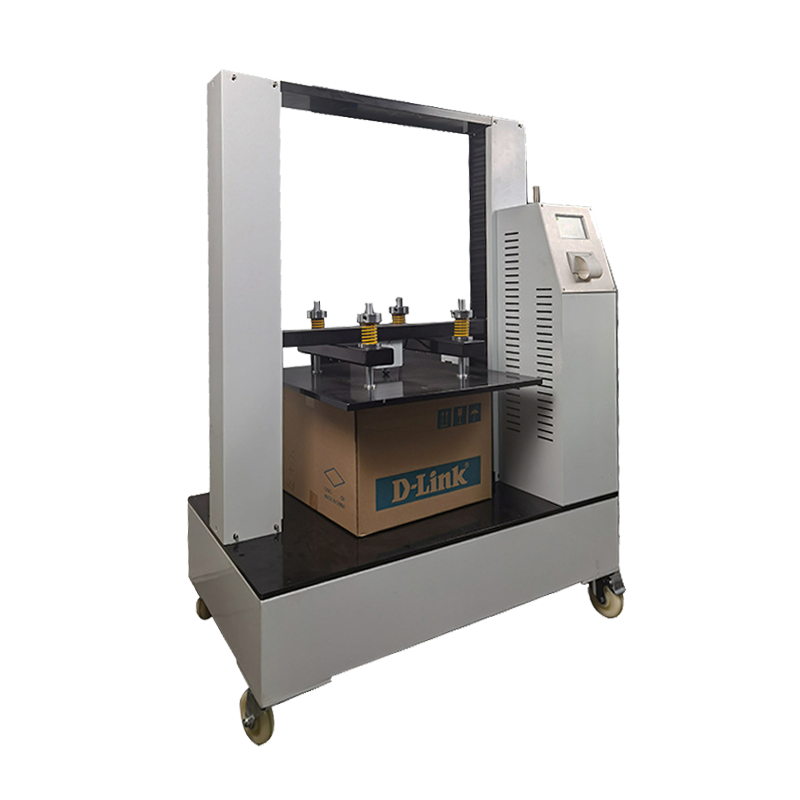
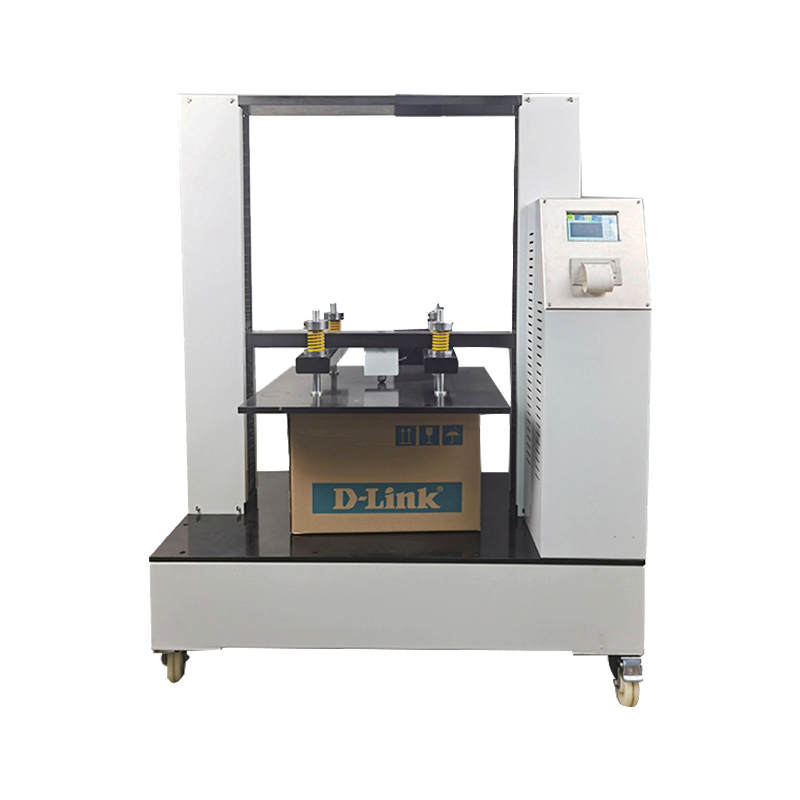
Servo motor driven compression tester
178005.0 INR/Unit
Product Details:
X
Servo motor driven compression tester Price And Quantity
- 178005.0 INR/Unit
- 1 Unit
Servo motor driven compression tester Trade Information
- Cash in Advance (CID)
- 100 Unit Per Month
- 5 Days
- All India
Product Description
| Item | DR-B211-900 | DR-B211-1200 | DR-B211-1500 |
| Max. Force | 10KN(1000 kg ,2205lb) | 20KN(2000 kg, 4409lb) | 50KN(5000kg,11023lb) |
| Load cell | 1 load cell for highest accuracy | ||
| Control system | Dual control (Computer control with Windows mode+Touch screen control ) | ||
| Servo Motor | 400W | 750W | |
| Servo Driver | 400W | 750W | |
| Screws | Ball screws(Double ball guide rod design, high transmission accuracy, high transmission power efficiency) | ||
| Force reading | Gf, kgf, Ibf, N, KN, T etc | ||
| Load cell Resolution | 1/250,000 | ||
| Load Precision | within 0.5% | ||
| Effective test area (L x W x H) | 700x900x900mm | 1000x1200x1000mm | 1300x1500x1500mm |
| Compression Stroke | 0~900mm | 0~1000mm | 0~1500mm |
| Lift speed | 0.1~200mm/min | ||
| Software | Mtest HD-002-A(Independent R&D) | ||
| Data display | Load, displacement, speed, loading rate and elapsed time | ||
| Safety features | E-Stop Over-load protection Upper and lower limit switches Load sensor with automatic retreat | ||
| Report items | Serial number, peak value, average value, set pressure holding value, pressure holding time | ||
| Electrical Supply | 1phase, AC 220V, 500W, 50HZ | 1phase, AC 220V,550W,50HZ | 1phase, AC 220V,900W,50HZ |
| Overall Dimensions (L x W x H) | Approx.1510x1200x1645mm | Approx.1510x1200x1645mm | Approx.1865mmx1500mmx2235mm |
| Weight | Approx.350kg(772lb) | Approx.670kg(1477lb) | Approx. 1000kg(2205lb) |
| Operation Temperature and relative humidity | 10~40, 30~80% | ||
1. Equipment overview
The Servo Motor Driven Compression Tester is an advanced compression test equipment that uses a high precision servo motor as the drive system, mainly used to evaluate the compressive strength, deformation performance and overall structural stability of various materials and products (e.g., cartons, plastic containers, metal packages, etc.) under static compression loads. The servo motor drive system provides precise speed control and position control, giving the equipment a significant advantage in terms of testing accuracy, stability and repeatability. The equipment is widely used in the packaging material manufacturing industry, automotive industry, electronics industry and quality control departments to ensure the safety and reliability of products during actual use and transportation.
2. Main Functions
Compressive strength test: According to relevant standards (such as ASTM D642, ISO 12048, etc.), measure the maximum compressive capacity of the material or product in the vertical direction, and evaluate its load-bearing capacity in the process of stacking, transportation and storage.
Deformation Test: Records the deformation of a material or product under compressive load, assesses the degree of deformation and recovery ability, and ensures that it maintains its structural integrity and appearance after being subjected to pressure.
Stacking Test: Simulate the force under actual stacking situation, evaluate its stacking stability and load-bearing capacity, and ensure that no collapse or damage will occur when multiple layers are stacked.
Cyclic compression test: Load and unload the material or product several times cyclically to evaluate its fatigue performance and durability, and ensure that it still maintains good compression resistance after repeated handling and transportation.
High-precision Position Control: The servo motor drive system realizes precise position control of the compression process, ensuring the stability and repeatability of the testing process.
Data analysis and report generation: Built-in data analysis software can automatically generate detailed test reports, including maximum compressive strength, deformation, loading curve and other parameters, which helps the quality control department to carry out strict quality assessment.
Selection Guide for Servomotor-Driven Compression Testers Conforming to International Standards
The following are some key steps and considerations when selecting a servo motor-driven piezometer that meets international standards:
I. Define the requirements
Performance Parameters: First of all, it is necessary to understand the needs of the mechanical system in detail, including output power, speed range and load characteristics, etc. These will determine the performance parameters that the motor should have.
Environmental adaptability: according to the actual working environment to choose the right type of motor and protection level, to ensure the stability and reliability of the motor in the long run.
Second, motor matching
Power matching: to ensure that the power of the motor and the mechanical system required to match the power, to avoid overload or underload conditions.
Type selection: according to the application requirements to select the appropriate type of motor, such as DC motor, asynchronous motor or synchronous motor.
Speed determination: the speed of the motor should match the speed demand of the mechanical system to meet the system operation requirements.
Third, control and protection
Control mode: select the appropriate motor control mode according to the actual application requirements, such as direct start, reduced voltage start or frequency conversion speed control.
Protection level: choose the appropriate motor protection level to adapt to different working environments, to ensure the long-term stable operation of the motor.
Fourth, the cost and brand
Cost considerations: under the premise of meeting the performance requirements, select cost-effective motor to reduce the cost of the entire mechanical system.
Brand selection: give priority to well-known brands and high-quality servo motors and drives, such as Panasonic servo motor A7 series, with its excellent performance and reliable quality, widely used in industrial automation, semiconductor manufacturing and medical equipment and other fields.
Tell us about your requirement

Price:
Quantity
Select Unit
- 50
- 100
- 200
- 250
- 500
- 1000+
Additional detail
Mobile number
Email




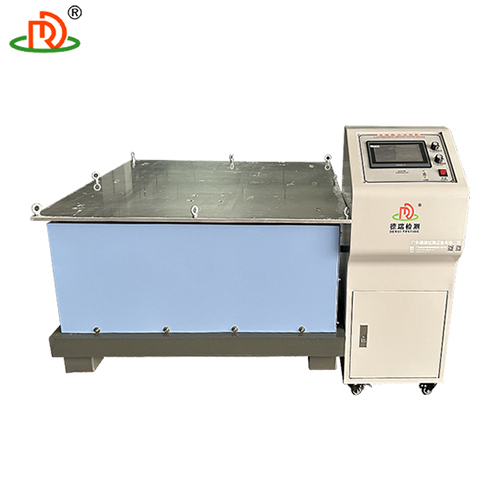
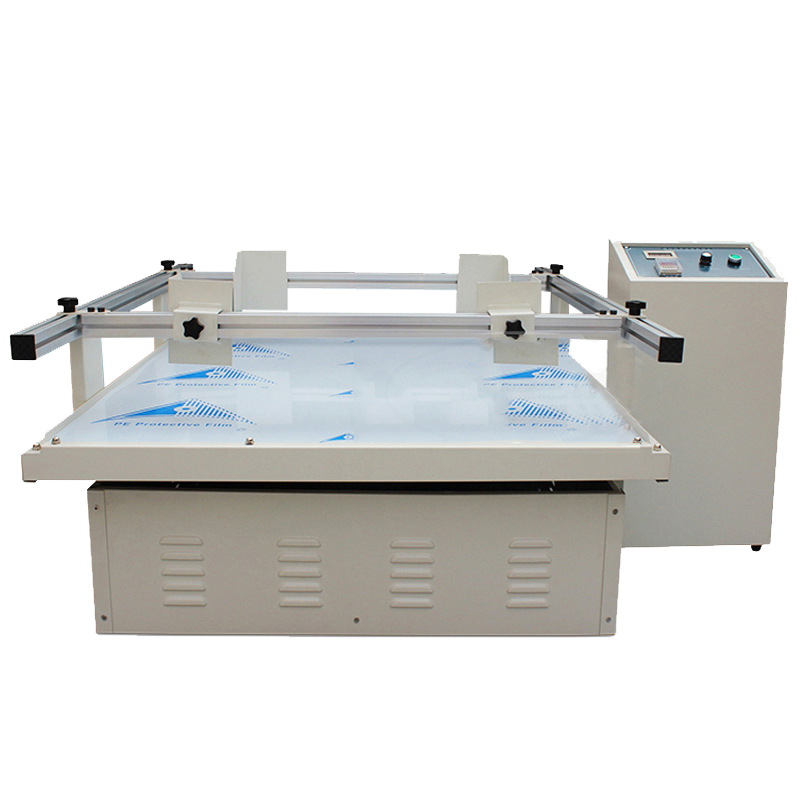
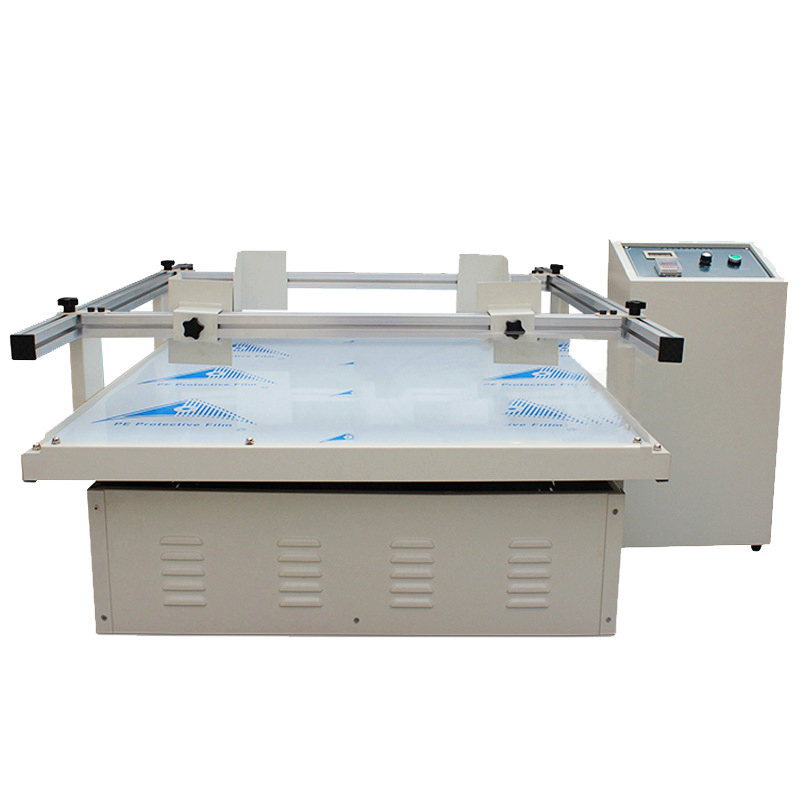
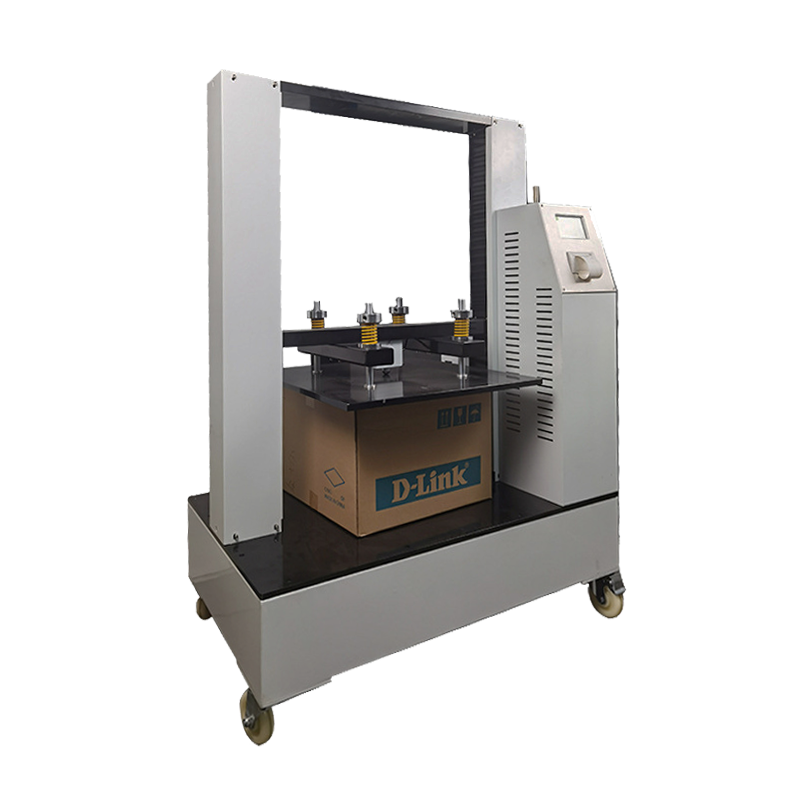

 English
English Spanish
Spanish French
French German
German Italian
Italian Chinese (Simplified)
Chinese (Simplified) Japanese
Japanese Korean
Korean Arabic
Arabic Portuguese
Portuguese